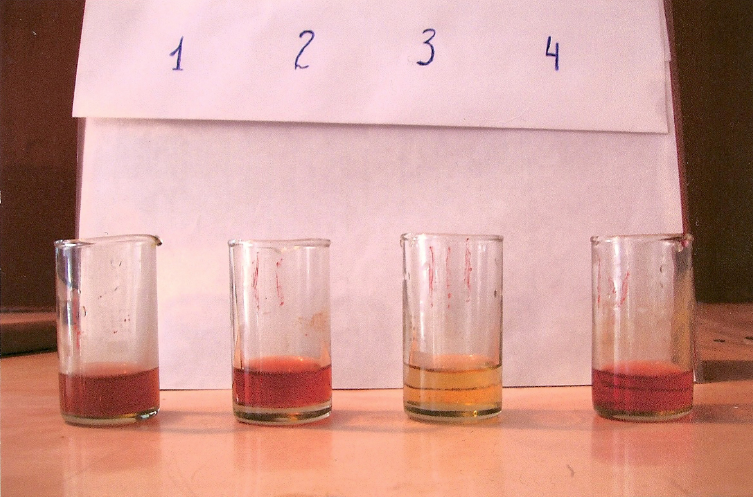
Things to pay attention to when testing
1. The presence of a large amount of phosphate in the water sample will interfere with the determination. At this time, we can add citrate hydroquinone to eliminate it.2. Solvent extraction method can eliminate the interference caused by all metal ions or anions that may be complexed with iron.
3. In order to avoid excessive ammonia in the adjustment process (that is, the Congo red test paper turns red), generally you can add about 0.8mL of concentrated ammonia first, and then use ammonia (1+1) to adjust drop by drop.
4. When collecting water samples, special ground glass bottles should be used, and they should be soaked in hydrochloric acid (1+1) for more than 12 hours, and then thoroughly washed with first-class reagent water, and then added premium pure concentrated hydrochloric acid to the sampling bottle ( Add 2ml of concentrated hydrochloric acid per 500mL water sample), take the water sample directly, and shake the water sample immediately.
5. Because ferrous ions are easily oxidized to high-valent iron ions by oxygen in the air in alkaline solutions, o-phenanthroline must be added before adjusting the pH to avoid affecting the measurement results.
6. Ammonium acetate and analytical pure hydrochloric acid contain high iron content. Therefore, the amount of each reagent added during the determination must be accurate to avoid errors. It is recommended to use a burette for operation.
7. The pH range of Congo red test paper is 3.0~5.2.
8. The temperature of the solution with hydroxylamine hydrochloride should be lower than 40℃, otherwise the hydroxylamine hydrochloride will decompose.
9. Use of working curve The working curve must be tested for precision, accuracy, and sensitivity, and meet the requirements of the method before it can be put into use.
The above are the matters needing attention when using o-phenanthroline to detect iron ions in water.



